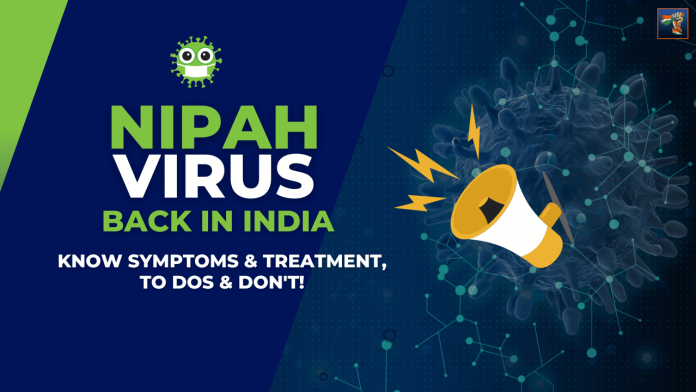In recent years, India has faced numerous public health challenges, and one of the most alarming among them has been the emergence of the Nipah virus. Nipah Virus in India Now: Know What To Do & Don’t!
Nipah virus, first identified in Malaysia in 1998, has since caused outbreaks in several Asian countries, including India. This article aims to provide a detailed overview of the Nipah virus in India, its impact on public health, and the measures taken to combat its spread.
What Is Nipah Virus: A Threat to Public Health
Nipah virus (NiV) belongs to the Paramyxoviridae family and was initially discovered in the Malaysian village of Sungai Nipah, which gave the virus its name. It is a zoonotic virus, meaning it can be transmitted from animals to humans. The natural reservoirs of Nipah virus are fruit bats of the Pteropus genus, commonly known as flying foxes.
Human infection with the Nipah virus typically occurs through the consumption of contaminated fruits, direct contact with infected animals, or human-to-human transmission. The virus primarily affects the central nervous system, leading to symptoms such as fever, headache, dizziness, and respiratory distress. In severe cases, Nipah virus infection can progress to encephalitis, coma, and death.
Nipah Virus Outbreaks in India [ Kerela ]
India first witnessed the emergence of Nipah virus in 2001 when an outbreak occurred in the state of West Bengal. Since then, sporadic outbreaks have been reported in various states, including Kerala and Karnataka. The most significant outbreak in recent years occurred in Kerala in 2018, which raised concerns about the virus’s potential to cause widespread harm.
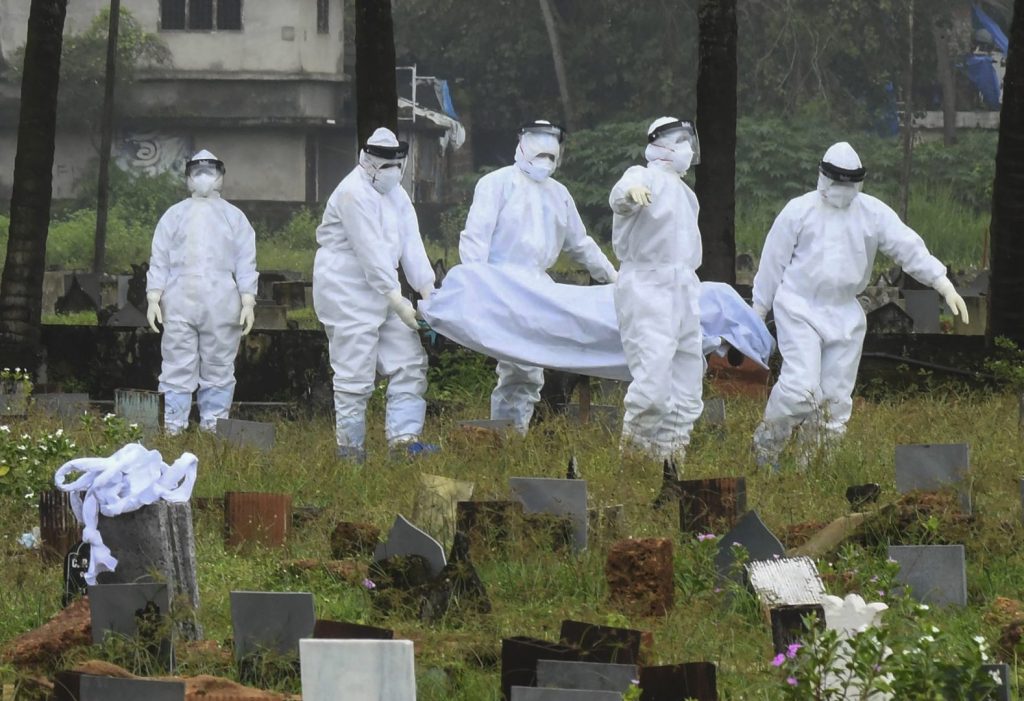
In Kerala, India, a new outbreak of the deadly Nipah virus has emerged, with two fatalities among the five confirmed cases.
Local authorities in the Kozhikode district have established “containment zones” and temporarily closed schools. Additionally, 76 individuals who had close contact with the infected patients are being closely monitored.
This is the fourth Nipah virus outbreak in Kerala, with the deadliest one occurring in 2018, resulting in 17 deaths among 23 cases. Nipah virus, an RNA virus, was first identified in Malaysia in 1998 and has since caused recurrent outbreaks in various Asian countries.
Symptoms range from asymptomatic cases (17% to 45%) to severe encephalitis, including fever, severe headaches, disorientation, and respiratory issues.
Currently, there are no specific drugs for Nipah virus treatment, and care focuses on symptom relief.
While potential treatments are under investigation, there are no vaccines available yet. An mRNA vaccine is in human testing. AS per some reports, in the ongoing outbreak, Indian authorities are importing monoclonal antibodies from Australia.
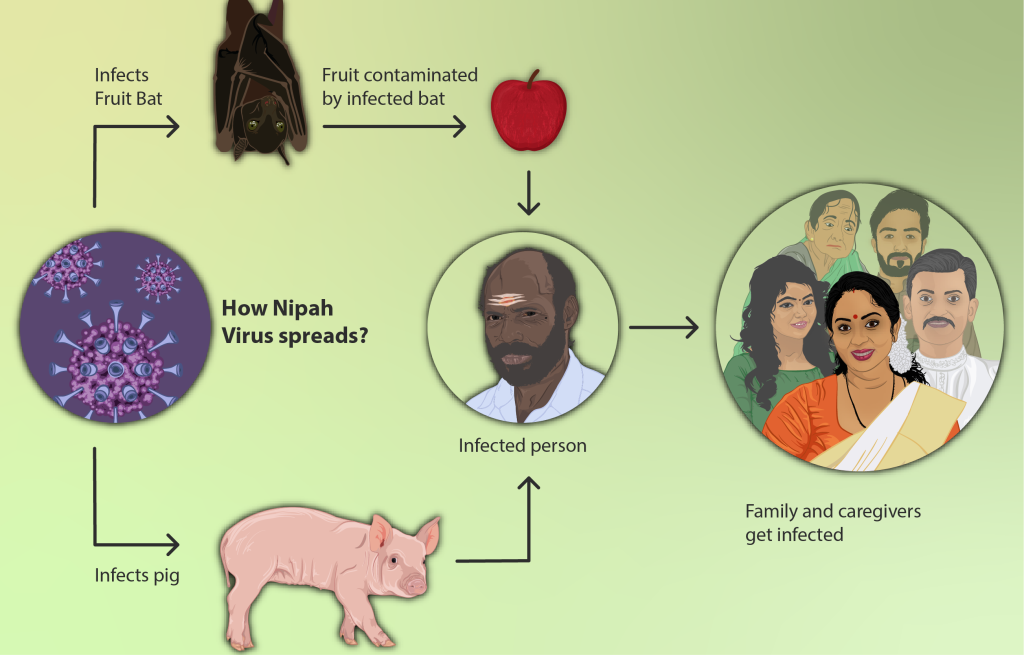
How is Nipah virus transmitted?
Nipah virus can be transmitted to humans through direct contact with infected bats or their saliva, urine, or droppings. The virus can also be transmitted through eating contaminated fruits or drinking contaminated date palm sap. Human-to-human transmission is possible through close contact with the respiratory secretions of an infected person.
What are the symptoms of Nipah virus infection?
The incubation period for Nipah virus infection is typically 4 to 14 days. The initial symptoms of infection are similar to those of other flu-like illnesses, such as fever, headache, muscle aches, and nausea. However, the infection can progress to encephalitis (inflammation of the brain), which can lead to seizures, coma, and death.
The Impact on Public Health
Nipah virus outbreaks have had a significant impact on public health in India. They have not only resulted in fatalities but also placed immense pressure on the healthcare infrastructure and the government’s response mechanisms. The high fatality rate associated with Nipah virus infections (often exceeding 70%) adds to the severity of the situation.
During outbreaks, healthcare facilities must be prepared to handle a surge in patients requiring isolation, intensive care, and supportive treatment. Health workers are at increased risk of infection due to close contact with infected individuals, making the containment of the virus particularly challenging.
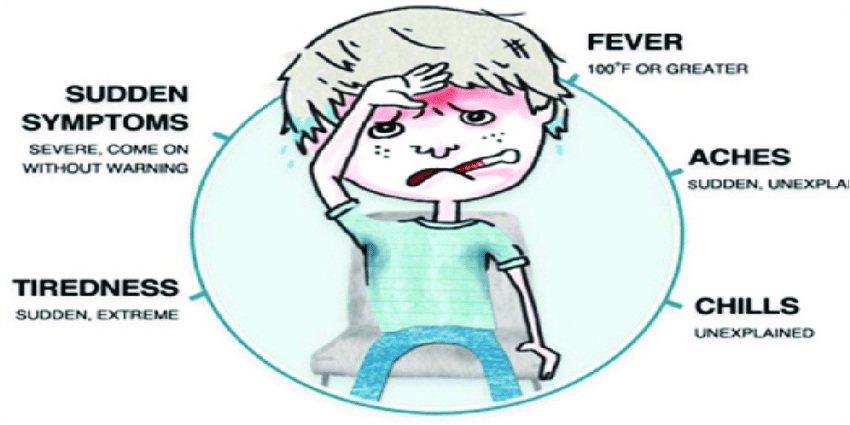
What does the Doctors say about Nipah Virus?
Indian doctors have expressed concern about the Nipah virus, citing its high case fatality rate and the lack of a specific treatment.
Dr. Soumya Swaminathan, Chief Scientist at the World Health Organization (WHO), said that Nipah virus is a “serious threat” to public health in India. She also said that the virus is “difficult to control” because it can be transmitted from bats to humans and from humans to humans.
Dr. Jacob John, former professor at the Christian Medical College in Vellore, said that Nipah virus is a “very dangerous” virus. He also said that there is “no cure” for the virus and that the only way to treat it is to provide supportive care.
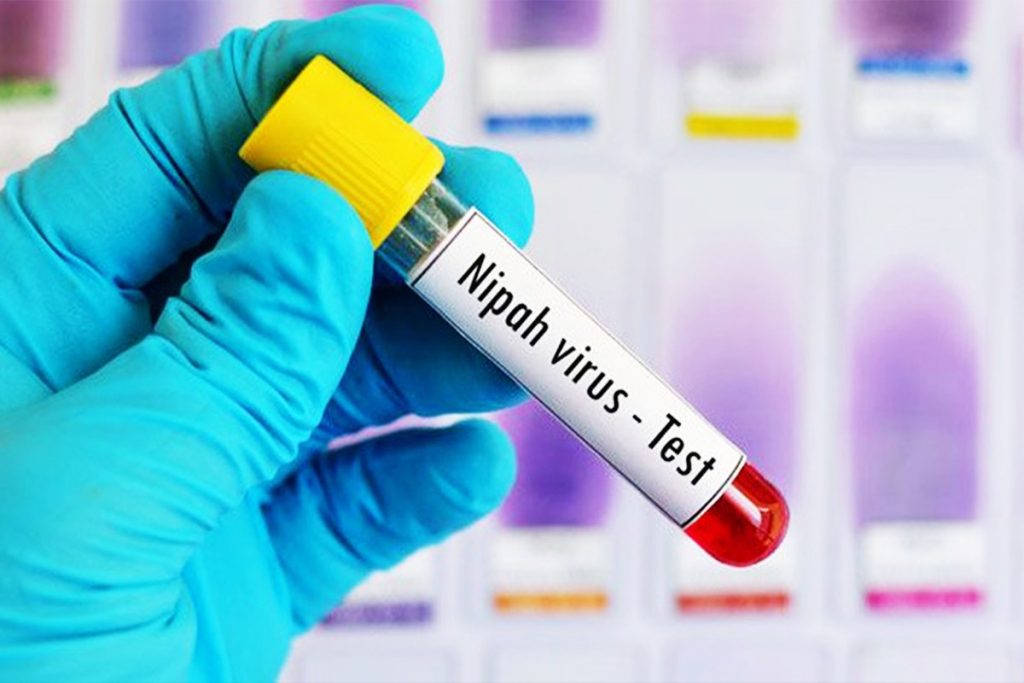
Is there a medicine for Nipah Virus?
There is currently no specific medicine for Nipah virus infection. Treatment is limited to supportive care, such as fluids, electrolytes, and respiratory support.
However, there are a number of experimental drugs and therapies that are being developed for Nipah virus infection. One such drug is remdesivir, which has shown promise in animal studies. Another promising therapy is the use of monoclonal antibodies, which can target and neutralize the Nipah virus.
Clinical trials of these experimental drugs and therapies are currently underway. If these trials are successful, a specific medicine for Nipah virus infection could be available in the next few years.
What Are The Measures Taken to Prevent Nipah Virus
The Indian government, along with various state authorities, has taken several measures to combat the spread of Nipah virus and mitigate its impact on public health:
- Surveillance and Early Detection: Increased surveillance in regions with a history of Nipah virus outbreaks is crucial for early detection. Health authorities monitor patients with relevant symptoms and conduct tests to confirm or rule out Nipah virus infection.
- Isolation and Quarantine: Patients diagnosed with Nipah virus infection are immediately isolated to prevent further transmission. Close contacts of infected individuals are quarantined and monitored for symptoms.
- Public Awareness Campaigns: Public awareness campaigns are conducted to educate people about the virus, its mode of transmission, and preventive measures such as avoiding consumption of raw date palm sap, which can be contaminated by bats.
- Enhanced Infection Control Practices: Healthcare facilities implement strict infection control measures to protect healthcare workers and prevent nosocomial transmission of the virus.
- Research and Vaccine Development: Research efforts are ongoing to better understand the virus and develop vaccines or treatments. Vaccination of at-risk populations, such as healthcare workers and farmers, is being explored as a preventive strategy.
- Coordination Between Health Agencies: Close coordination between the Indian Council of Medical Research (ICMR), the World Health Organization (WHO), and state health departments is crucial to effectively manage outbreaks.
Government Steps to Prevent Nipah Virus So far
The Indian government has taken a number of steps to control the Nipah virus outbreak in Kerala. These steps include:
- Setting up isolation wards for Nipah virus patients in hospitals across the state.
- Providing supportive care to Nipah virus patients.
- Conducting contact tracing to identify people who may have been exposed to the virus.
- Educating the public about Nipah virus and how to prevent infection.
The government has also issued a number of advisories to the public, including:
- Advising people to avoid contact with bats and their saliva, urine, and droppings.
- Advising people to avoid eating contaminated fruits or drinking contaminated date palm sap.
- Advising people to wash fruits thoroughly before eating them.
- Advising people to practice good hygiene, such as washing hands frequently with soap and water.
- Advising people to avoid close contact with people who are infected with Nipah virus.
The government has also taken steps to improve the surveillance and response system for Nipah virus in Kerala. These steps include:
- Establishing a Nipah virus control room at the state headquarters.
- Deploying rapid response teams to the affected areas.
- Strengthening the laboratory capacity for Nipah virus testing.
The government is also working on developing a vaccine for Nipah virus. However, a vaccine is not expected to be available for several years.
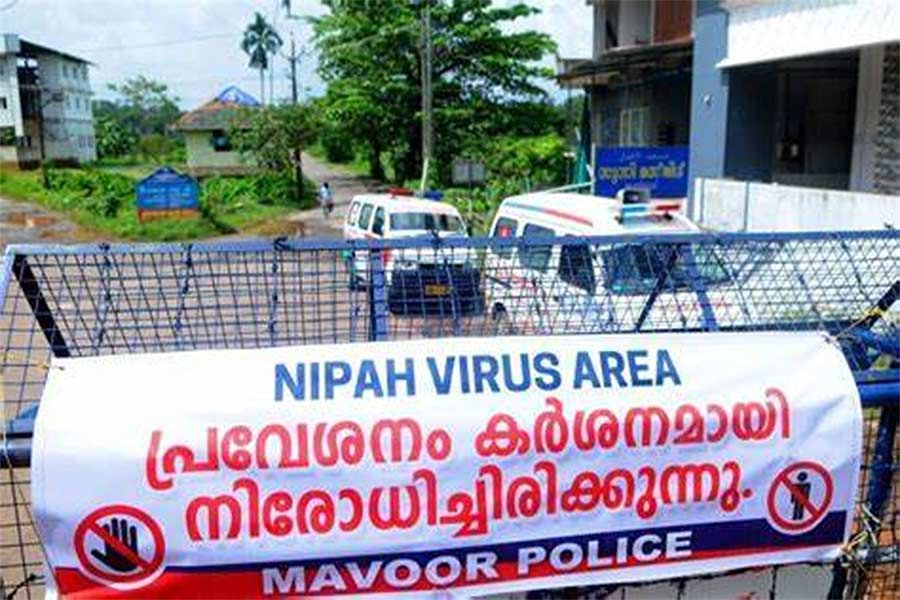
Important details about Nipah virus in India
- The Nipah virus strain detected in India is identified as the Indian Genotype (I Genotype), which bears similarities to the strain found in Bangladesh.
- The virus is most active during the hot and humid months of the year, from March to May.
- Nipah virus is more likely to infect people who live in close proximity to bats or who work with bats.
- There is no specific treatment for Nipah virus infection, but supportive care can help to improve the chances of survival.
- The case fatality rate for Nipah virus infection is high, ranging from 40 to 70 percent.
How to Protect From Nipah Virus in India: Prevention tips
- Avoid contact with bats and their saliva, urine, and droppings.
- Avoid eating contaminated fruits or drinking contaminated date palm sap.
- Wash fruits thoroughly before eating them.
- Practice good hygiene, such as washing hands frequently with soap and water.
- Avoid close contact with people who are infected with Nipah virus.
If you suspect that you or someone you know may have been exposed to Nipah virus, it is important to seek medical attention immediately.
Conclusion
Nipah virus remains a serious public health concern in India, necessitating ongoing vigilance, research, and preparedness. Timely detection, isolation, and public awareness are key components of efforts to prevent and control Nipah virus outbreaks.
While challenges persist, the collective efforts of healthcare professionals, researchers, and government agencies are crucial in the battle against this deadly pathogen. The Nipah virus serves as a reminder of the need for proactive measures to protect public health in the face of emerging infectious diseases.













